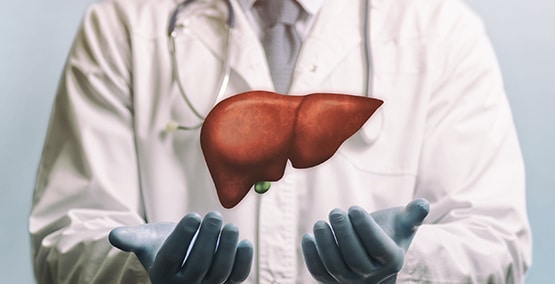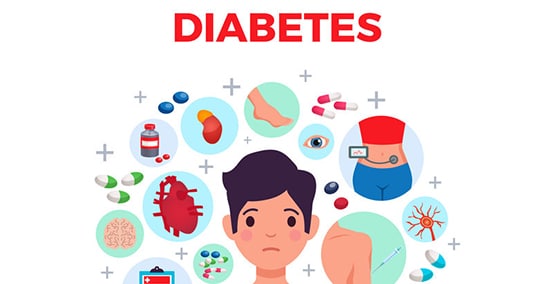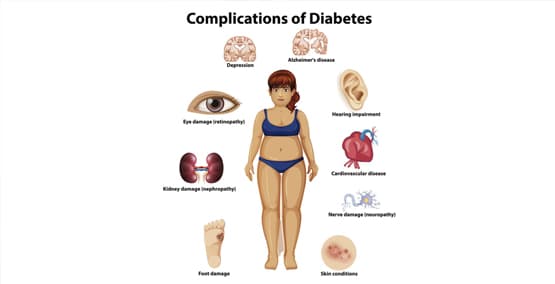
Types of diabetes
Autoimmune, insulin resistance, and pregnancy
-The two main types of diabetes mellitus are type 1 and type 2. About 10% of the U.S. population (30 million) have diabetes and 1.25 million of those have type 1 diabetes.

Type 1 diabetes
Type 1 diabetes (DM1), also known as insulin-dependent diabetes mellitus or juvenile diabetes, occurs when the cells in the pancreas produce little to no insulin. This is caused by an auto-immune condition where your antibodies attack the pancreas. Antibodies normally help our body fight viruses and bacteria. Autoantibodies are antibodies that are not behaving like they should, instead they attack parts of the body.
When the pancreas is the target, that leads to less insulin production. When we make less insulin, then glucose cannot get into the body's cells. As a result, blood sugar levels rise.
Type 1 diabetes is more likely to occur if auto immune conditions run in the family, especially if a parent or sibling has DM1. Researchers believe that viruses, cold weather and not breast feeding in infancy could trigger this auto-immune process. Type 1 diabetes is often diagnosed in younger people and is more common in Caucasians.
Type 2 diabetes
Type 2 diabetes (DM2) occurs when insulin is not able to work as it should. The cells are resistant to allowing insulin to work yet the pancreas makes more insulin. Even though there are high insulin levels, the blood sugar continues to rise which causes diabetes.
Type 2 diabetes often occurs in people who are over 40 years old, but can be seen in childhood if there are risk factors such as family history and obesity. Being diagnosed with Type 2 diabetes in childhood tends to be more aggressive and progresses more rapidly compared to being diagnosed in adulthood.
Type 2 diabetes tends to run in families and has an even stronger link to family history than type 1 diabetes. Lifestyle choices, like diet and exercise, tend to affect if we develop DM2 due to obesity. Type 2 diabetes tends to be more common in African, Native, Hispanic and Asian- Americans. High dose steroids or certain medications to treat depression or mood disorders can also increase the risk of developing type 2 diabetes.
Gestational diabetes
Gestational diabetes is common in pregnant women and can increase the likelihood of diabetes in the child.
Prediabetes
Prediabetes is when the blood sugar runs high, but there's no evidence of actual Type 1 or Type 2 diabetes. This term tends to be associated with insulin resistance and obesity. But there's concern that this may develop into Type 2 diabetes. Your child's pediatrician may note a darkening around the neck called acanthosis nigricans which is a sign that your body is resistant to insulin (insulin resistance). Most people with prediabetes are not aware they have it until a blood sugar level is checked.




